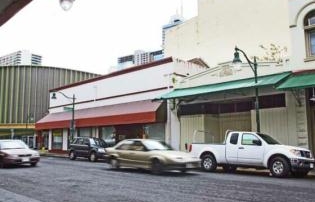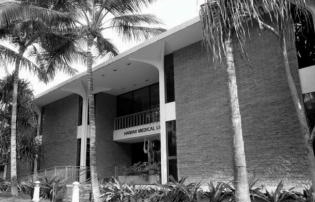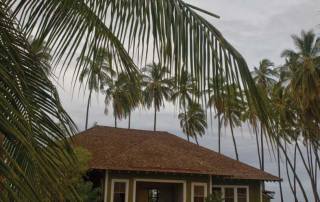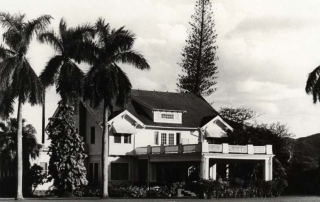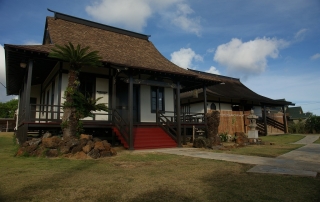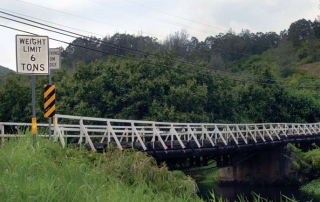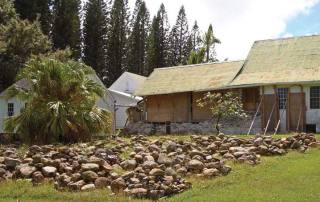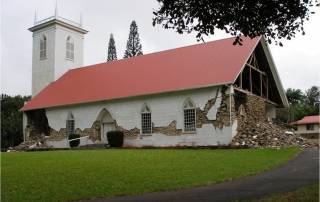Austin and Pantheon Buildings (2007)
Photos: Courtesy of Rae Huo Article Written By: Michael Keany, HONOLULU Magazine What is it? The Austin and Pantheon buildings sit on Nu‘uanu Avenue, directly behind the Hawai‘i Theatre. The Austin is home to Restaurant Epic, while the now-boarded-up Pantheon, built in 1911, once housed Honolulu’s oldest bar: the Pantheon, founded in 1883. What threatens them? Hawai‘i Theatre is planning a $21 million expansion that will add a deeper main stage, a separate black-box theater and a restaurant, as well as storage space, changing rooms and offices. Sarah Richards, president of Hawai‘i Theatre Center, says “We’ll be able to host a much wider range of performances, both larger and smaller. It will be a real benefit to the neighborhood.” To make room for the upgrades, however, Richards says the Austin and the Pantheon will need to be demolished. What can be done? Architect Glenn Mason describes the Pantheon as, “a wreck, structurally,” but says that he’d like to see at least the façades of the two buildings preserved. “They’re contributing to the historic district, although they aren’t wildly significant by themselves,” he says. “If Hawai‘i Theatre is planning on tearing the buildings down and replacing them with fake façades, that’s a concern.” Kiersten Faulkner, executive director of the Historic Hawai‘i Foundation, agrees. “The success of the theater is good for the community, but so is having an intact and complete Chinatown. Replicated buildings weaken the context and undermine the overall district. Historic preservation is not only about monumental and iconic buildings; it’s also about the everyday experience of vibrant streets and active neighborhoods.” Hawai‘i Theatre is early in the planning stages—the current timeline calls for a 2012 construction start date—and it’s Faulkner’s hope [...]


